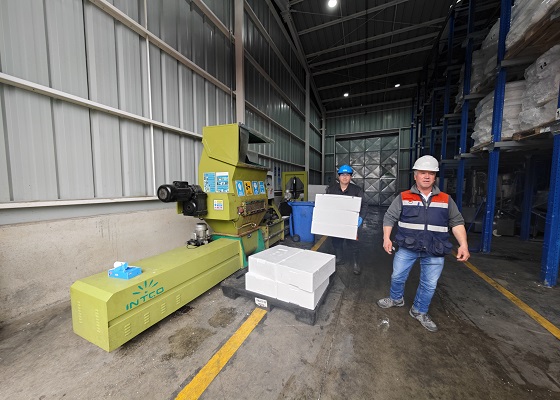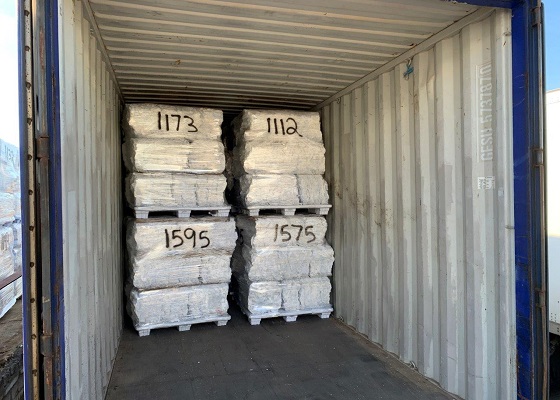EPS waste generated in factories is generally the main source of waste in North America and Canada - EPS compactor is indispensable
According to a report by Resource Recycling Systems (RRS), a company based in Ann Arbor, Michigan, an industry trade association is citing, North America's recycling rate for expanded polystyrene (EPS) transport packaging, often known as plastic foam packaging, has reached 31%. According to the RRS report, 84,000 tons of EPS were recycled and kept out of landfills in 2022. About 30,500 tons of post-consumer EPS packaging are included in that amount, suggesting that recycling rates in the US and Canada might reach 31%.

According to Betsy Bowers, executive director of EPS-IA, "many people don't realize how much is actually being recycled because EPS recycling primarily occurs behind the scenes with independent contracts to supply recycled content feedstock and overseas sales of EPS recyclate." "The substantial amount of material being diverted from landfills demonstrates the true impact of these channels, which are less obvious to the general public than curbside recycling."
In fact, activities that can truly solve the problem of EPS white pollution are not just simple community recycling activities. This is just the tip of the iceberg among all EPS recycling activities. The activity that can truly realize batch EPS recycling and significantly help white pollution is the recognition and positive actions of relevant industries for EPS recycling. As EPS production factories and EPS packaging factories, these are the biggest sources of EPS waste. In this article, GREENMAX will take you to understand how these EPS wastes are recycled in places you can’t see.

Since factories produce a large amount of EPS waste, equipment is generally used to compress it first. Some factories are even equipped with multiple EPS compactors. These devices work together to compress waste in a timely and efficient manner. Currently, there are many large factories placing orders for more than 3 EPS compactors from GREENMAX at a time. GREENMAX engineers design and manufacture the EPS compactor crushing system based on the specific parameters of EPS waste provided by customers, which mainly include size and density. Adequate crushing is of great significance for the compression of EPS. The air in the waste EPS can be discharged through screw extrusion, and the volume is compressed to one-fifth of its original size.

Additionally, according to EPS-IA, Foam Cycle, a company based in New Jersey that provides communities with a "turnkey" EPS recycling system, has gained traction in 29 localities, expanding consumer access by an additional 5,750 tons. A large part of the reason why EPS can be recycled smoothly is because of the use of recycling equipment such as EPS compactor. This is an important progress and essential step in the recycling process.
